Some animals don’t just survive in the wild—they outthink us.
Well… they outthink our toddlers, at least.
From solving puzzles to remembering complex routes better than a GPS, these creatures aren’t just cute or cool—they’re sharp. Really sharp. While your average 3-year-old is figuring out how to stack blocks, some animals are using tools, planning for the future, or pulling off shockingly smart tricks for food.
And no, it’s not just the usual suspects like chimps and dolphins. You’ll be surprised by who made the list.
These 17 animals aren’t just surviving—they’re winning little IQ battles all over the planet. Prepare to question everything you thought you knew about the “smart” species.
Because when it comes to raw problem-solving and brainy behavior, the animal kingdom has a few hidden geniuses that might just leave your toddler in the dust.
African Grey Parrot

Renowned for its exceptional ability to mimic human speech, the African Grey Parrot often surprises with its conversational skills. Its intelligence isn’t limited to simple mimicry; these parrots understand context and can solve puzzles. Known for their problem-solving prowess, African Greys showcase a blend of charm and smarts. These parrots have been known to outperform toddlers in memory tests, an impressive feat for a bird. Their keen aptitude is evident in their interactions with their environment, often using tools to achieve specific goals, adding another layer to their remarkable cognitive abilities.
Chimpanzee

With intelligence rivaling that of young children, chimpanzees are known for their ability to use tools and learn sign language. Their social structures are complex, and they often display emotions akin to humans. Chimpanzees have been observed using sticks to fish for termites or leaves to soak up water, showing their understanding of basic tool use. Their problem-solving skills extend to cooperative tasks, where they work together for a common goal. This cognitive prowess makes them one of the most fascinating animals to study, giving human toddlers a challenge in the intelligence department.
Dolphin
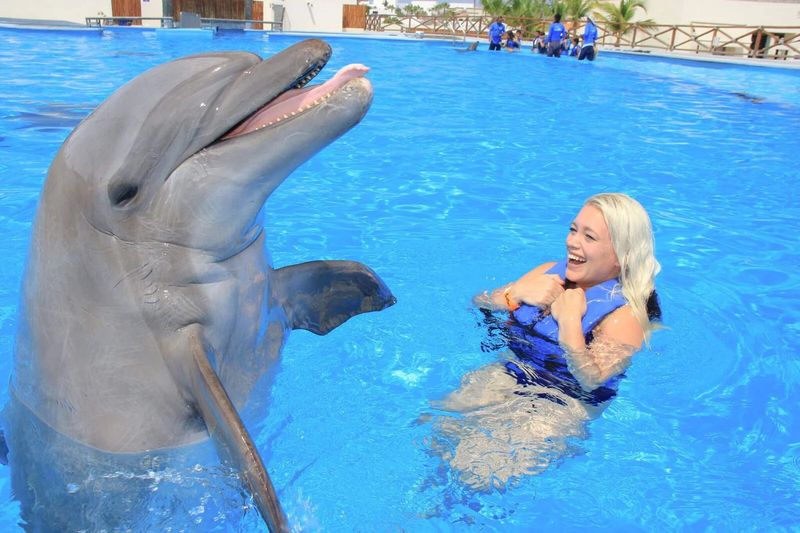
Dolphins are celebrated for their advanced communication skills and social intelligence. These marine mammals use a variety of vocalizations to communicate, often working in groups to solve complex problems. Known for their playful nature, dolphins exhibit a high level of emotional intelligence, forming intricate social bonds. They have been observed using tools, such as sponges, to protect their snouts while foraging. This inventive behavior, combined with their ability to learn tricks and understand commands, places them among the smartest animals, easily challenging a toddler’s cognitive skills.
Elephant

Elephants possess a remarkable memory and problem-solving abilities that are often likened to those of a young child. Their ability to recognize themselves in mirrors indicates a high level of self-awareness, a trait shared by only a few species. Elephants use their trunks not just for feeding, but also to manipulate objects and express themselves artistically. Their social intelligence is evident in their interactions within herds, showing empathy and cooperation. These gentle giants are known for mourning their dead, a testament to their emotional depth and cognitive sophistication.
Octopus
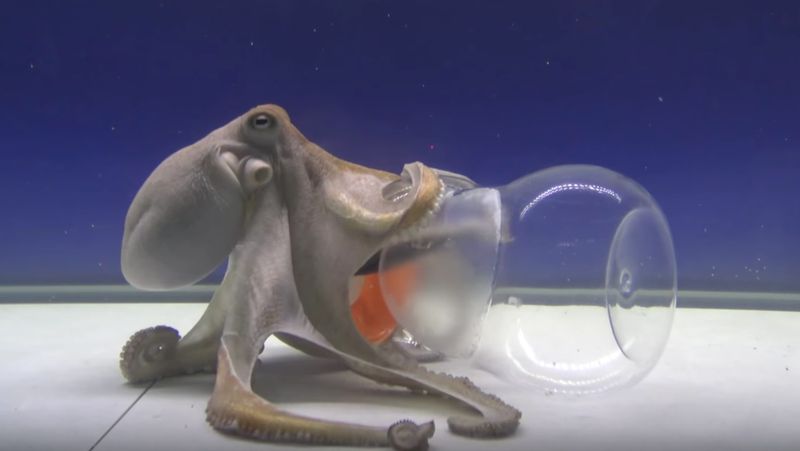
The octopus is a master of camouflage and problem-solving. With a brain that spreads throughout its body, it showcases unique intelligence. Octopuses have been seen opening jars and solving mazes, displaying cognitive skills that challenge the boundaries of aquatic life. Their ability to escape enclosures and manipulate their environment is a testament to their cleverness. Fascinatingly, each of the octopus’s arms can function independently, yet cooperatively, making them formidable thinkers. Their interactions with their surroundings reveal a depth of intelligence that is as captivating as it is mysterious.
Raven
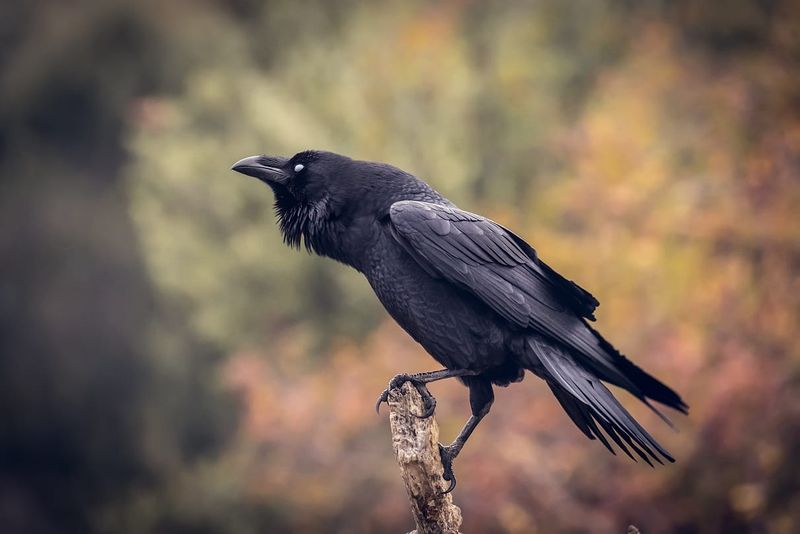
Ravens are celebrated for their intelligence and cunning, often regarded as one of the smartest bird species. These birds have been known to use tools to obtain food, demonstrating problem-solving skills that rival those of young children. Ravens can plan for the future, an ability once thought exclusive to humans and some primates. Their adaptability in diverse environments showcases their cognitive flexibility. Beyond problem-solving, ravens engage in playful activities, indicating a complex mental life. This combination of skills places them among the most intelligent creatures in the animal kingdom.
Border Collie
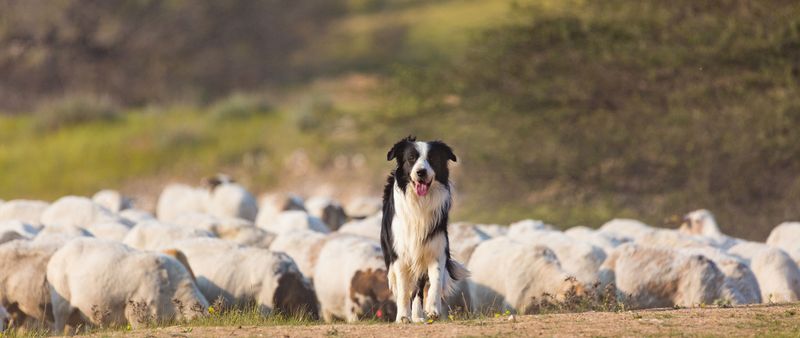
Renowned for their herding abilities, Border Collies are often considered the Einstein of the dog world. Their intelligence is evident in their ability to understand commands and execute them with remarkable precision. These dogs can learn a multitude of tasks and are known for their problem-solving skills. With an unparalleled work ethic and eagerness to please, Border Collies thrive in environments that challenge their minds. Their instincts and cognitive abilities make them more than capable of outsmarting a toddler in various tasks, from herding to agility exercises.
Pig
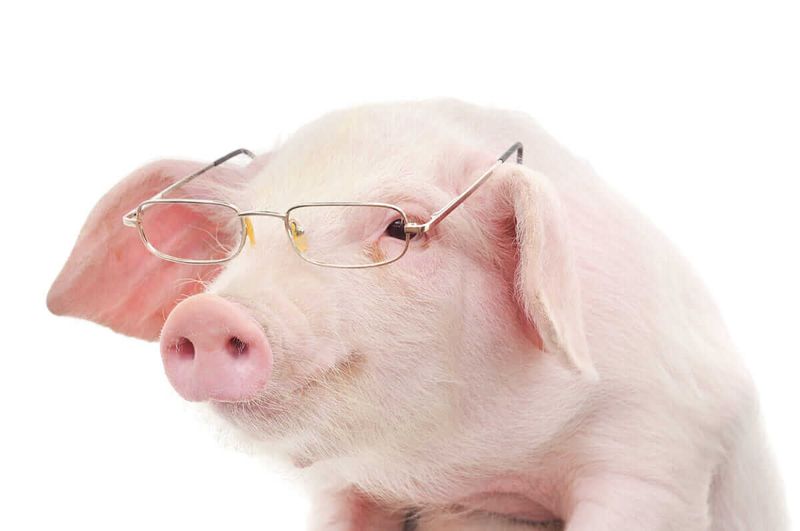
Pigs are surprisingly intelligent creatures, often underestimated in their cognitive abilities. Studies have shown that pigs can use mirrors to locate hidden food and even play video games with joystick controls. Their social skills are complex, as they form hierarchies and exhibit emotions. Pigs are quick learners, capable of navigating mazes with a level of understanding comparable to that of a toddler. Their problem-solving skills and curiosity make them fascinating subjects for cognitive research, revealing a depth of intelligence that often goes unnoticed in these farmyard animals.
Crow
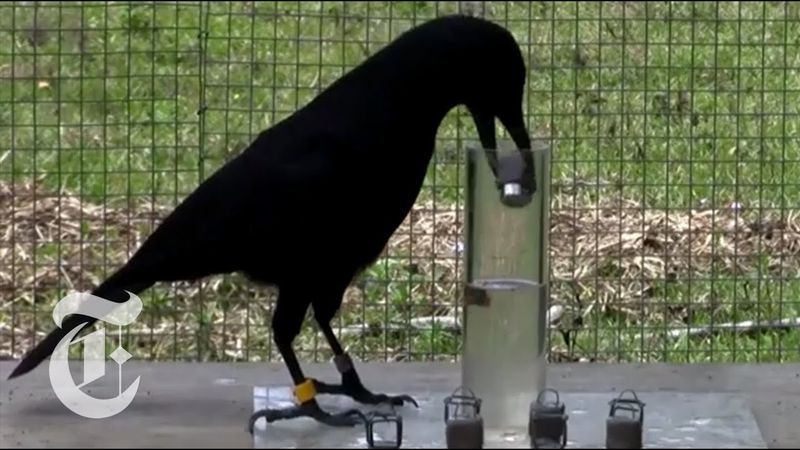
Crows have long been associated with intelligence and adaptability. These birds are adept at using tools to solve problems, such as bending wires to fish food out of tight spaces. They possess the ability to recognize themselves in mirrors, a sign of self-awareness. Crows can also remember human faces and pass this information across generations, showcasing a complex understanding of the world. Their knack for problem-solving and strategic thinking places them among the most intelligent avian species, often capable of tasks that would challenge a young child’s mind.
Orangutan

Orangutans are known for their exceptional problem-solving skills and ability to use tools in innovative ways. These great apes often use sticks to extract insects or seeds from hard-to-reach places. Their intelligence is further demonstrated through their use of leaves as umbrellas or makeshift gloves. Orangutans have complex social structures and are capable of mimicking human behavior, a testament to their cognitive abilities. Their inquisitive nature and ability to learn through observation make them fascinating subjects of study, often outperforming toddlers in specific cognitive tasks.
Raccoon
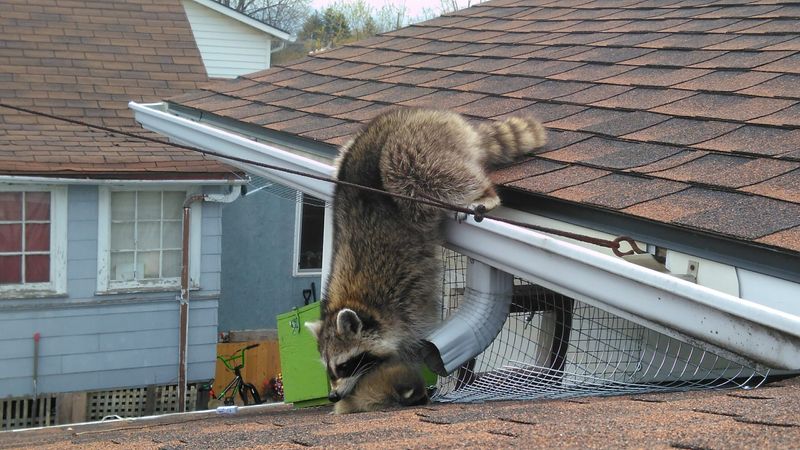
Raccoons are known for their dexterous paws and clever problem-solving abilities. These nocturnal creatures often find innovative ways to access food, from opening jars to bypassing complex locks. Their intelligence is evident in their adaptability to urban environments, where they navigate human-made obstacles with ease. Raccoons have an impressive memory, capable of recalling solutions to problems even after several years. Their curious and inquisitive nature makes them intriguing animals to observe, often showcasing cognitive abilities that rival those of a human toddler.
Sea Otter
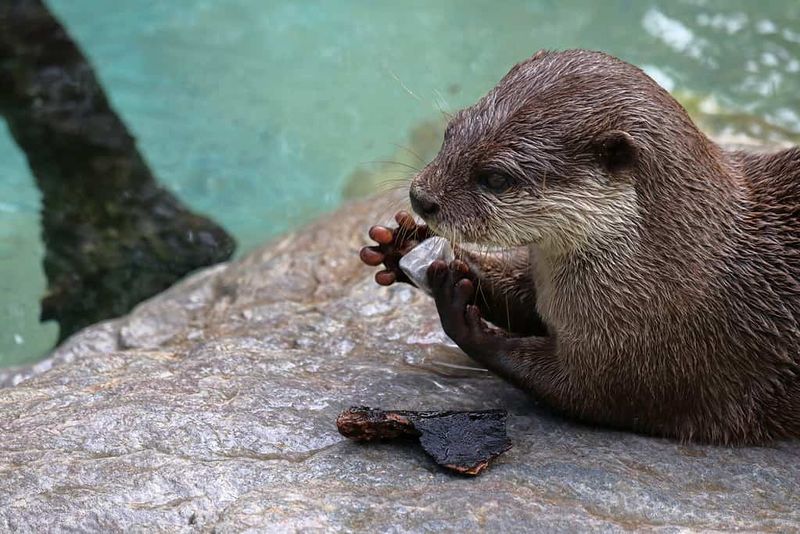
Sea otters are charming marine mammals known for their playful nature and intelligent use of tools. They often use rocks to crack open shellfish, a behavior that showcases their problem-solving skills. Sea otters demonstrate a level of social intelligence through their intricate grooming rituals and group dynamics. Their ability to learn and adapt to new situations, combined with their dexterous paws, allows them to manipulate objects with precision. This intelligence, paired with their endearing behaviors, makes sea otters fascinating creatures, often displaying a mental acuity comparable to that of young children.
Pigeon
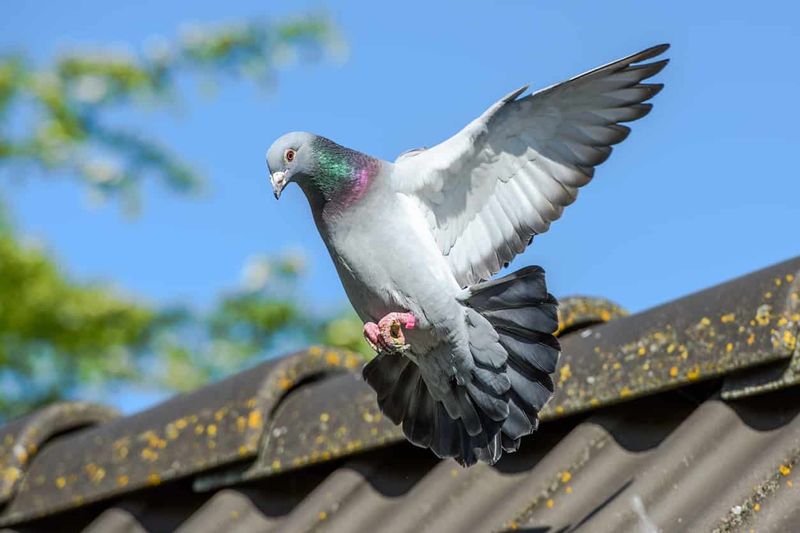
Often underestimated, pigeons are capable of remarkable feats of intelligence. They can recognize themselves in mirrors and differentiate between complex images. Pigeons have been trained to distinguish between artistic styles, a testament to their visual intelligence. These birds can navigate long distances by using a combination of visual landmarks and the Earth’s magnetic field. Their adaptability to urban environments showcases their ability to learn and thrive in varied settings. Pigeons’ intelligence is evident in their survival skills and keen observational abilities, rivaling the cognitive functions of a toddler.
Squirrel
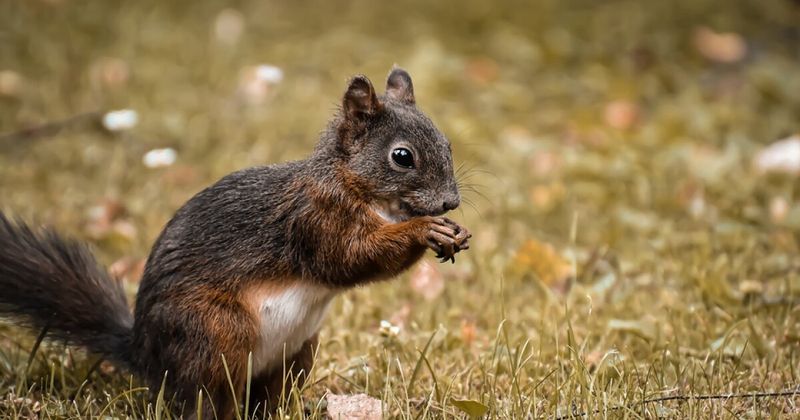
Squirrels are tiny masterminds when it comes to problem-solving and memory. They exhibit intelligent food storage behaviors, often scatter-hoarding nuts in numerous locations to ensure survival. These small rodents use complex spatial memory to retrieve their hidden caches months later. Squirrels have been observed assessing the risk of deception by other squirrels, showcasing an understanding of social dynamics. Their nimble movements and quick decision-making abilities are testaments to their cognitive agility. Squirrels navigate their environments with a level of intelligence that often surprises observers, making them fascinating creatures to watch.
Honeybee
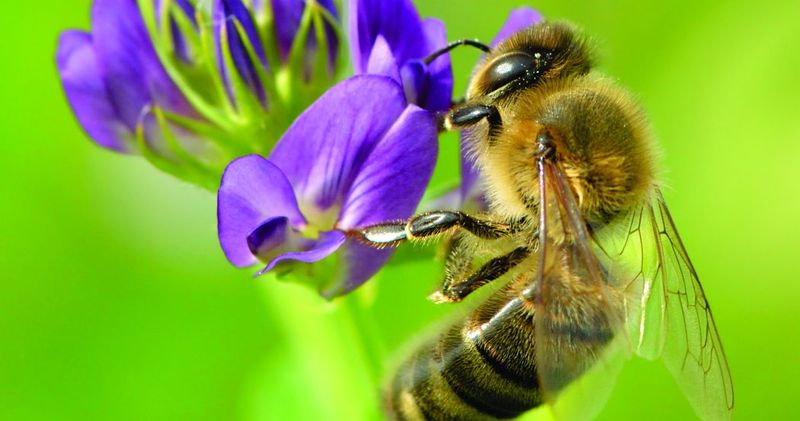
Honeybees, though tiny, possess an impressive level of intelligence. They communicate through a sophisticated ‘waggle dance,’ conveying information about the distance and direction of food sources. This complex behavior demonstrates advanced understanding and communication skills. Honeybees are capable of solving simple puzzles and can remember the location of flowers over long distances. Their ability to work collaboratively within a hive showcases a collective intelligence that is crucial for their survival. Despite their small size, honeybees exhibit cognitive abilities that are both intriguing and essential, often exceeding the expectations set for such insects.
Keas
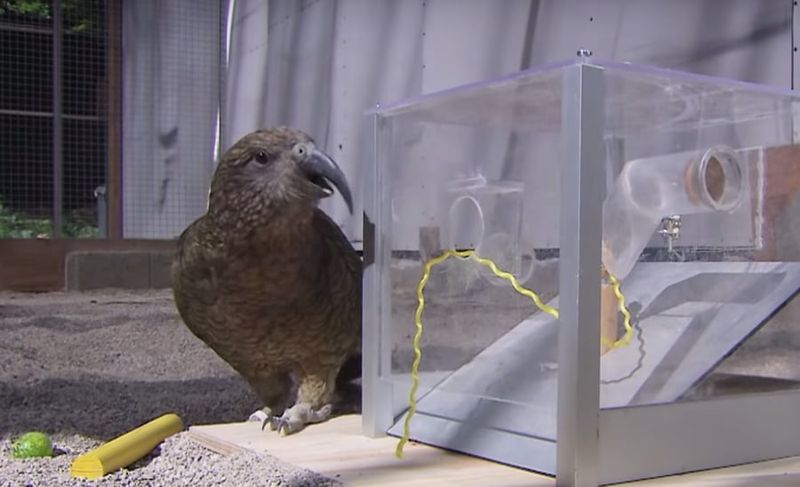
With a mischievous glint in their eyes, keas are not your average parrots. Native to New Zealand, these intelligent birds are known for their playful and curious nature. They have been observed solving complex puzzles and even working together to achieve a goal.
Often called the “clowns of the mountains,” keas use their intelligence to interact with their environment in innovative ways. It’s not uncommon for them to dismantle backpacks or ski equipment, much to the amusement and sometimes frustration of hikers.
Did you know? Keas have a specialized call to warn each other of incoming predators, showcasing their advanced communication skills.
Cuttlefish
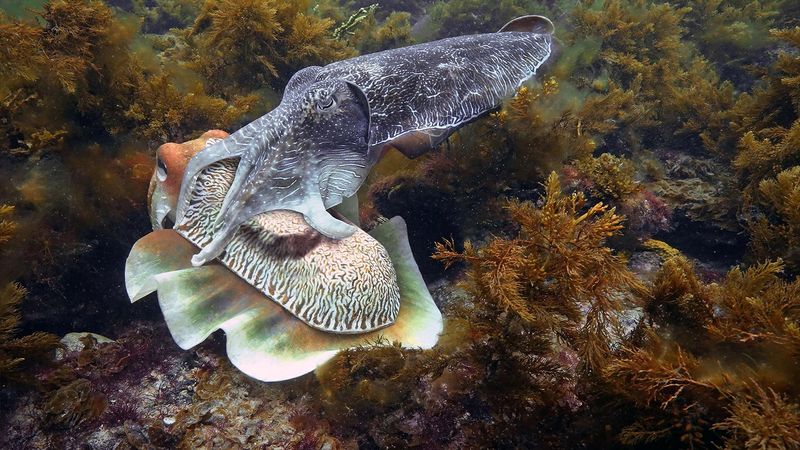
Cuttlefish are the chameleons of the sea, renowned for their ability to change color and texture in an instant. This remarkable skill is not just for show; it’s used for communication, camouflage, and hunting.
In addition to their visual prowess, cuttlefish exhibit advanced problem-solving abilities. They have been known to navigate mazes and remember solutions to puzzles, demonstrating a capacity for learning and memory that rivals a toddler’s.
Interestingly, cuttlefish possess three hearts and blue-green blood, a testament to their unique biology that supports their vibrant lifestyle.

